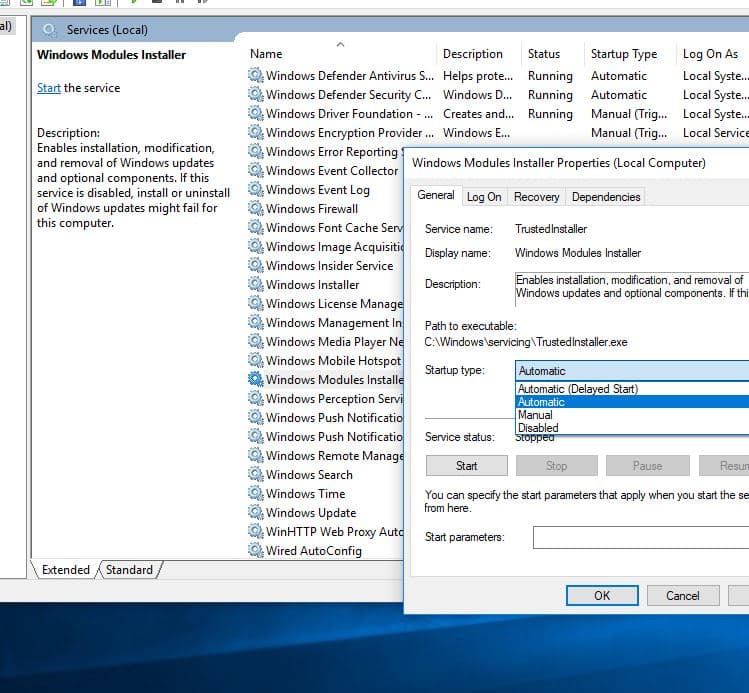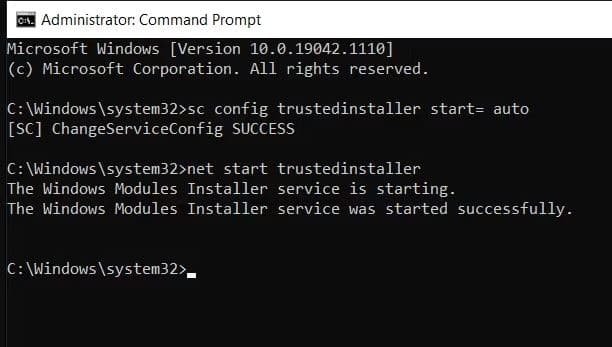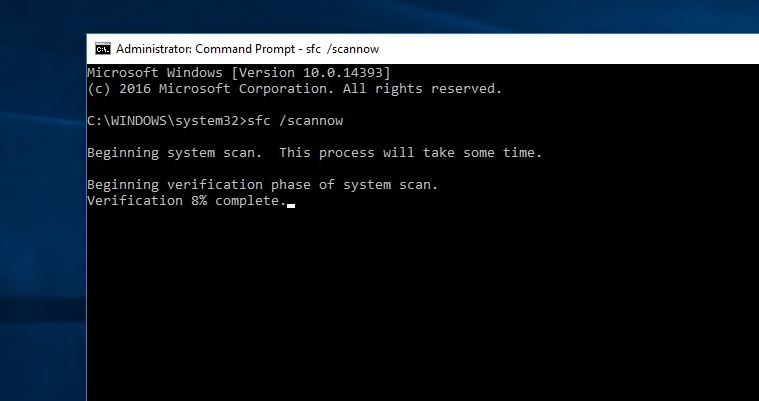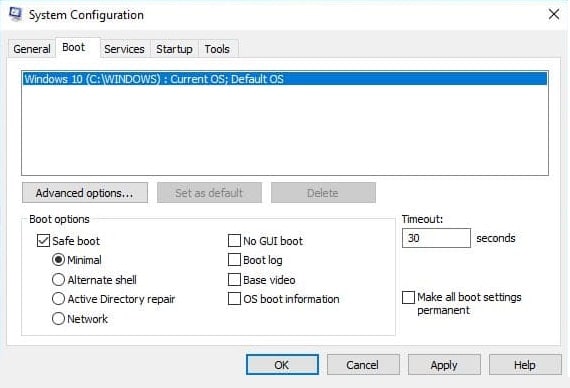Solved: Windows Resource Protection Could Not Start the Repair Service
sfc scannow not working on windows 11 PC? To fix the problem Open windows services and restart the Windows Modules Installer (TrustedInstaller) service.

Usually, we recommend Run the System file checker utility or sfc scan to scan and repair corrupted system files that help your system stable and function properly. SFC is a built-in tool in Windows computers, very useful to fix problems when system crashes or freezes frequently. You can open the command prompt as administrator and run sfc /scannow command to scan and restore missing system files. But sometimes you may notice SFC Scannow Not Working the tool itself encounters error “Windows Resource Protection could not start the repair service“. Well there are several reasons Why SFC Scannow not working, most probably it’s problem with the Windows Module Installer service and restarting the service help fix such issues on your computer.
Why is SFC Scannow Not Working?
There are different reasons why the SFC (System File Checker) scan may not be working or display error “Windows Resource Protection could not start the repair service” while running the sfc scan. Usually, sfc utility depends on the Trust installer service (Module installer service) that has full access to Windows resources protection files and registry keys and this service need to be running in order to restore missing system files. Problems with Windows Modules Installer service, lack of privileges, third-party software conflict, disk errors or malware infection are some common reasons why sfc scannow not working on Windows 11.
Restart Windows Module Installer Service
This is the first step, you need to check and ensure the Module installer service is running or restart the service.
- Press the Windows key + R, type services.msc and click ok
- Scroll down to locate Windows Module Installer, right-click on it select restart,
- Well if the service is not started, double-click on the Windows Module installer to open properties,
- Here change the startup type automatic and start the service next to the service status.
- Now Click Apply And ok to make Save changes.

Also, you can open the command prompt as administrator and run the following command to start the windows module installer.
- sc config trustedinstaller start= auto (This will set the Windows Modules Installer service startup type to automatic)
- net start trustedinstaller (restart the TrustedInstaller service:)

Now open the Command prompt As administrator then Type sfc /scannow Check This time System file checker Start the Scanning process without any error.

Run the SFC scan in Safe Mode:
Safe Mode is a diagnostic mode that starts Windows with a minimal set of drivers and services. Also running the SFC scan in Safe Mode can help to eliminate any issues caused by third-party software or drivers.
Running the SFC scan in Safe Mode is a quick workaround
- Press Windows key + R, type msconfig.msc and click ok to open the system configuration window
- Move to the boot tab, check the Safe boot option and select the Minimal option
- Click Apply and OK to save the changes, then restart your PC

- This will start your computer in safe mode, running only essential Windows services.
- Open the command prompt as administrator and run sfc /scannow command.
To disable Safe Boot, launch System Configuration, open the Boot tab and uncheck Safe boot under Boot options. Then, click Apply and Restart your PC.
Run DISM command
Well If the SFC tool is failing due to corrupted system files, you can try to repair them using the DISM (Deployment Image Servicing and Management) tool.
Open the command prompt as adminsitrator and run the following command.
DISM /Online /Cleanup-Image /RestoreHealth
The above command scans and patches faulty files in the component store of the Windows system image, allowing SFC to function correctly.
The DISM RestoreHealth command can be useful when the SFC (System File Checker) tool is not able to fix system file issues on its own.
In addition, Malware or virus infections can damage system files and prevent them from functioning correctly. Run a full system scan with your antivirus software to check for any infections.
